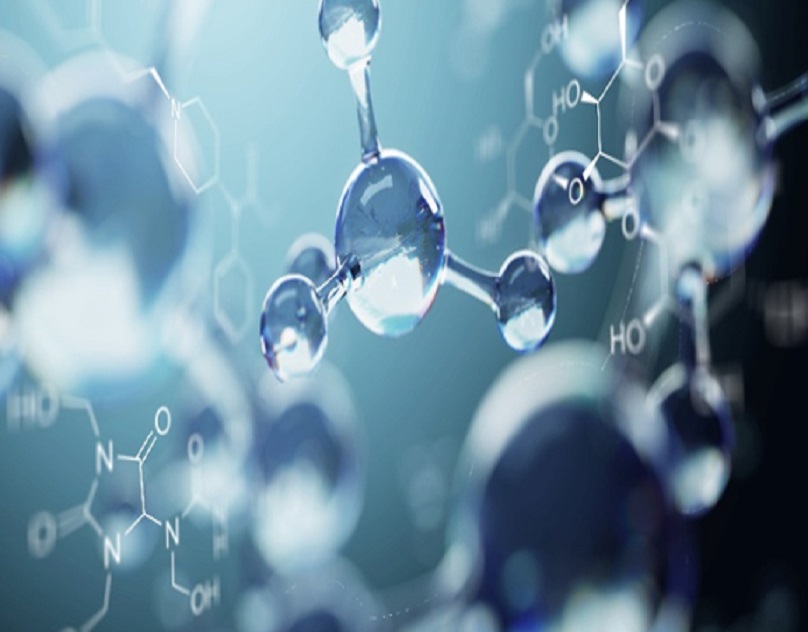Introduction
Microneedles have gained significant attention in recent years due to their potential applications in various fields such as drug delivery, diagnostics, and tissue engineering. The preparation of microneedles requires precise and efficient technologies to achieve desired features such as size, shape, and mechanical strength. This article provides an overview of different technologies used for microneedle preparation, including 3D printing, etching, photolithography, and micro-electromechanical systems (MEMS) technology.
3D Printing Technology for Microneedle Preparation
3D printing technology offers a promising avenue for precise fabrication of microneedles with customizable features. It involves the layer-by-layer deposition of materials to create complex structures. Using biocompatible polymers or metals, microneedles can be printed with high precision and accuracy. Additionally, 3D printing allows for the incorporation of drug payloads or sensors within the microneedles, enabling multifunctional applications. This technology offers great potential for rapid prototyping and customization of microneedles to meet specific needs.
Etching Technology for Microneedle Preparation
Etching technology involves the selective removal of material from a substrate to create microstructures, including microneedles. Wet etching and dry etching are two commonly used techniques. Wet etching utilizes chemical solutions to dissolve the substrate material and create desired microneedle shapes. On the other hand, dry etching relies on plasma-based processes to remove material through chemical reactions or physical bombardment. Etching technology offers precise control over microneedle dimensions and has been widely employed in the preparation of microneedles with various materials such as silicon, metals, and polymers.
Photolithography Technology for Microneedle Preparation
Photolithography is a technique used to pattern and transfer a design onto a substrate by selectively exposing it to light. In microneedle preparation, photolithography involves coating a substrate with photoresist material, exposing it to a specific pattern of UV light, and subsequently developing the pattern through chemical processes. This technology enables the fabrication of microneedles with well-defined geometries and dimensions. It is commonly used in combination with etching techniques for creating microneedles on silicon substrates.
Micro-electromechanical Systems (MEMS) Technology for Microneedle Preparation
MEMS technology integrates mechanical elements, sensors, actuators, and electronics on a common silicon substrate. This technology offers precise control over microneedle fabrication through advanced microfabrication techniques. MEMS-based microneedles can be designed with intricate features such as hollow channels for drug delivery, integrated sensors for real-time monitoring, and actuators for controlled insertion. MEMS technology enables the production of highly sophisticated microneedles with miniaturized structures for various biomedical applications.
Summary
Microneedle preparation technologies play a crucial role in achieving the desired features required for their applications. This article provided an overview of several key technologies, including 3D printing, etching, photolithography, and MEMS technology. Each technology offers unique advantages in terms of precision, customizability, and integration of functionalities. By understanding and harnessing these technologies, researchers and engineers can advance the field of microneedle-based applications in various domains such as drug delivery, diagnostics, and tissue engineering.





Comments